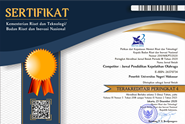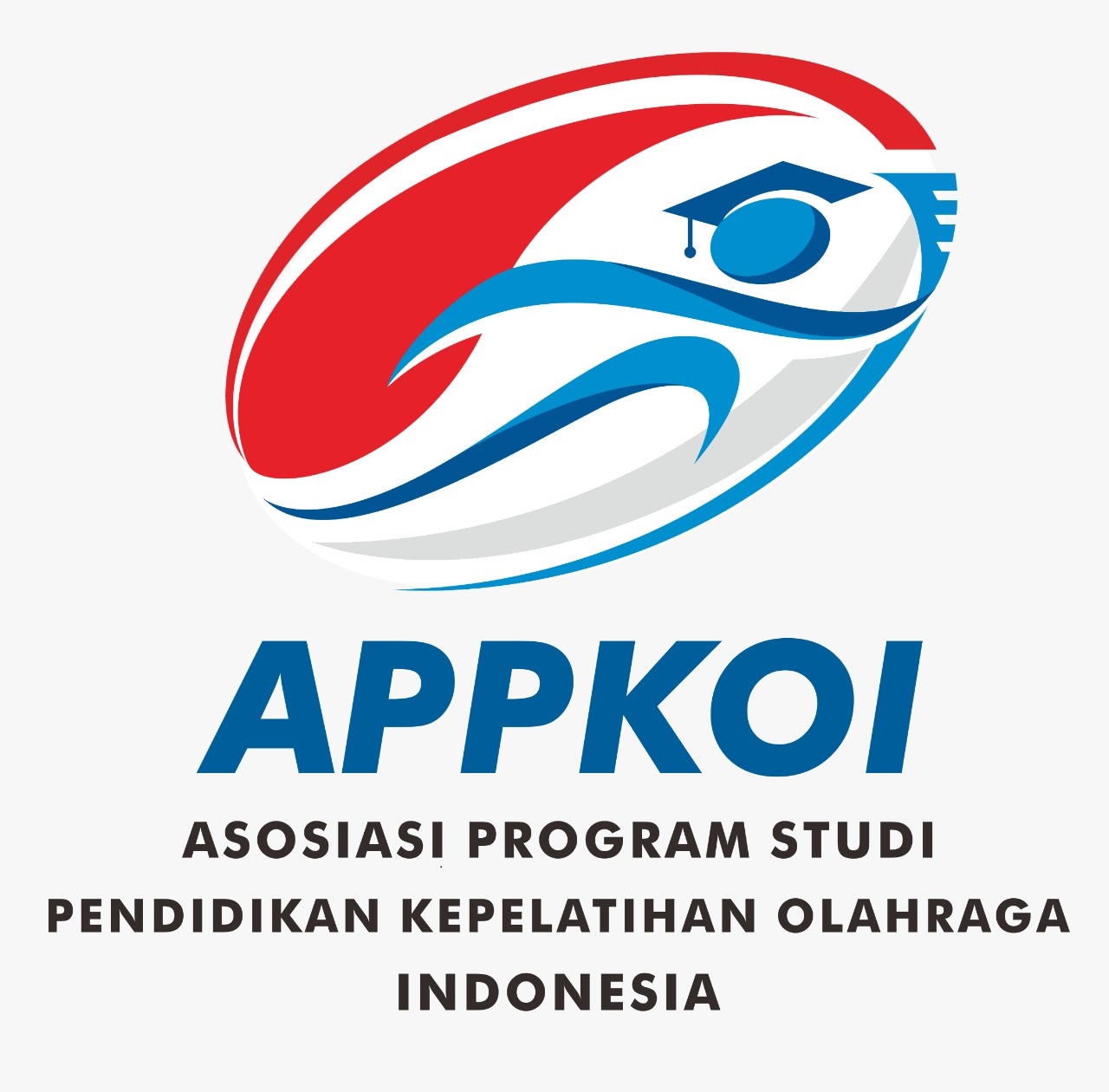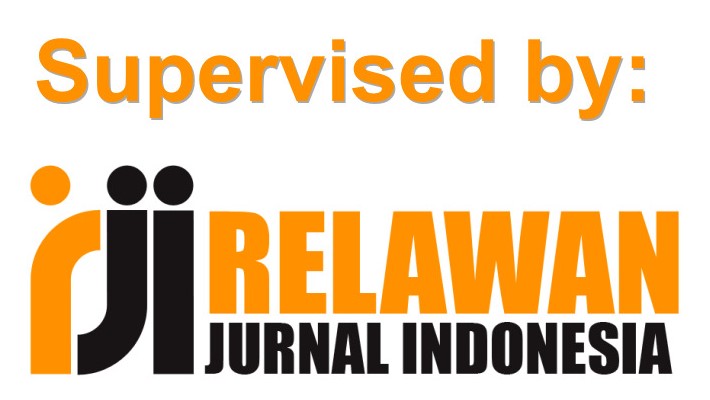MANAJEMEN SARANA PRASARANA KOMPLEKS STADION JALAK HARUPAT
(1) Universitas Pendidikan Indonesia
(2) Universitas Pendidikan Indonesia
(3) Universitas Pendidikan Indonesia
(*) Corresponding Author
DOI: https://doi.org/10.26858/cjpko.v12i3.16228
Abstract
The research objective was to see the Management of Infrastructure for the Jalak Harupat Stadium Complex. The research subject is the Youth and Sports Agency (BPO). Officials of Dispora, and administrators of UPTD of the Jalak Harupat stadium complex in Bandung Regency, which represent 6 people, 3 administrators of Dispora and 3 administrators of UPTD. The data technique uses the method of observation, interviews, and documentation. The analysis technique uses the Miles and Huberman model, which is called an interactive data analysis technique where data analysis is carried out interactively and continuously until it is complete, so that the data is saturated. The research results are as follows; 1) the development of the Jalak Harupat stadium complex has not been running optimally 2) the Jalak Harupat stadium complex requires a maintenance budget 3) the mobility of supervision in the Jalak Harupat stadium complex is constrained. Based on the various existing problems, the role of the management of youth sports bodies and administrators of the UPTD of the Starling Harupat stadium is very much needed in solving this problem of infrastructure management.
Keywords
Full Text:
PDFReferences
Soepartono. (2000). Media Pembelajran. Jakarta: Depdiknas.
Hallmann, K., Wicker, P., Breuer, C., & Schönherr, L. (2012). Understanding the importance of sport infrastructure for participation in different sports - findings from multi-level modeling. European Sport Management Quarterly, 12(5), 525–544. https://doi.org/10.1080/16184742.2012.687756
Gunduz, M., & Tehemar, S. R. (2019). Assessment of delay factors
in construction of sport facilities through multi criteria decision making. Production Planning and Control, 0(0), 1–12. https://doi.org/10.1080/09537287.2019.1704903
Wilson, W. (2015). Sports infrastructure, legacy and the paradox of the 1984 olympic games. International Journal of the History of Sport, 32(1), 144–156. https://doi.org/10.1080/09523367.2014.986110
Ma’mun, A. (2007). Pembangunan Olahraga Indonesia yang Berkemajuan. Jurnal Kajian Pendidikan.
Bergsgard, N. A., Borodulin, K., Fahlen, J., Høyer-Kruse, J., &
Iversen, E. B. (2019). National structures for building and managing sport facilities: a comparative analysis of the Nordic countries. Sport in Society, 22(4), 525–539. https://doi.org/10.1080/17430437.2017.1389023
Iversen, E. B. (2015). Measuring sports facility utilisation by
collecting performance information. Managing Sport and Leisure, 20(5), 261–274. https://doi.org/10.1080/23750472.2015.1090885
Bergsgard, N. A. 2017. “Spillet om idrettsanleggene – hvilke ressurser er virksomme i lokale anleggsprosesser? [The Sports Facilities Game - What Resources are Effective in Local Facility Processes?]” Norsk Sosiologisk Tidsskrift 1 (02): 171–187. Online Publication. doi: 10.18261/ ISSN2535-2512-2017-02-05
Article Metrics
Abstract view : 192 times | PDF view : 25 timesRefbacks
- There are currently no refbacks.
Copyright (c) 2020 Dadi Ginanjar Patradilaga

This work is licensed under a Creative Commons Attribution 4.0 International License.
COMPETITOR IS LICENSED BY :
 COMPETITOR is licensed under a Creative Commons Attribution 4.0 International License.
COMPETITOR is licensed under a Creative Commons Attribution 4.0 International License.
COMPETITOR EDITORIAL LOCATION :
![]() Kampus FIK Banta Bantaeng, Jalan Wijaya Kusuma Nomor 14, Rappocini, Makassar, Postal Code 90222
Kampus FIK Banta Bantaeng, Jalan Wijaya Kusuma Nomor 14, Rappocini, Makassar, Postal Code 90222
COMPETITOR IS INDEXED BY















